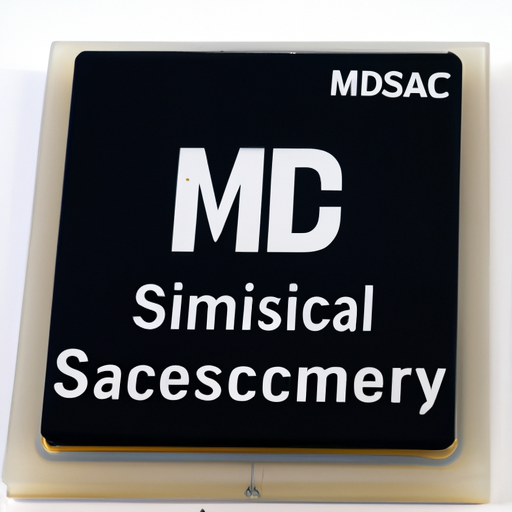Overview of DIACs and SIDACs
DIACs (Diode for Alternating Current) and SIDACs (Silicon Diode for Alternating Current) are essential semiconductor devices used primarily for controlling AC power. They play a vital role in various applications, including light dimmers, motor speed controls, and over-voltage protection circuits. Their unique operational characteristics make them suitable for managing AC signals effectively.
Core Functional Technology
| 1. DIACs: |
| 2. SIDACs: |
| 1. "Understanding DIACs and Their Applications" |
| 2. "SIDACs: The Power Control Solution" |
| 3. "Phase Control Using DIACs and TRIACs" |
| 4. "Designing with SIDACs: A Practical Guide" |
| 1. Light Dimming Circuit: |
| 2. Motor Speed Control: |
| 3. Over-Voltage Protection Circuit: |
| 4. Snubber Circuits: |
Key Articles and Resources
Application Development Cases
Conclusion
DIACs and SIDACs are crucial components in modern electronic applications, particularly in AC power control and protection. Understanding their operational principles and practical applications can significantly enhance the design and functionality of various electronic systems. The resources and case studies mentioned provide valuable insights for engineers and developers looking to implement these devices in their projects. By leveraging the unique characteristics of DIACs and SIDACs, designers can create more efficient, reliable, and robust electronic solutions.






